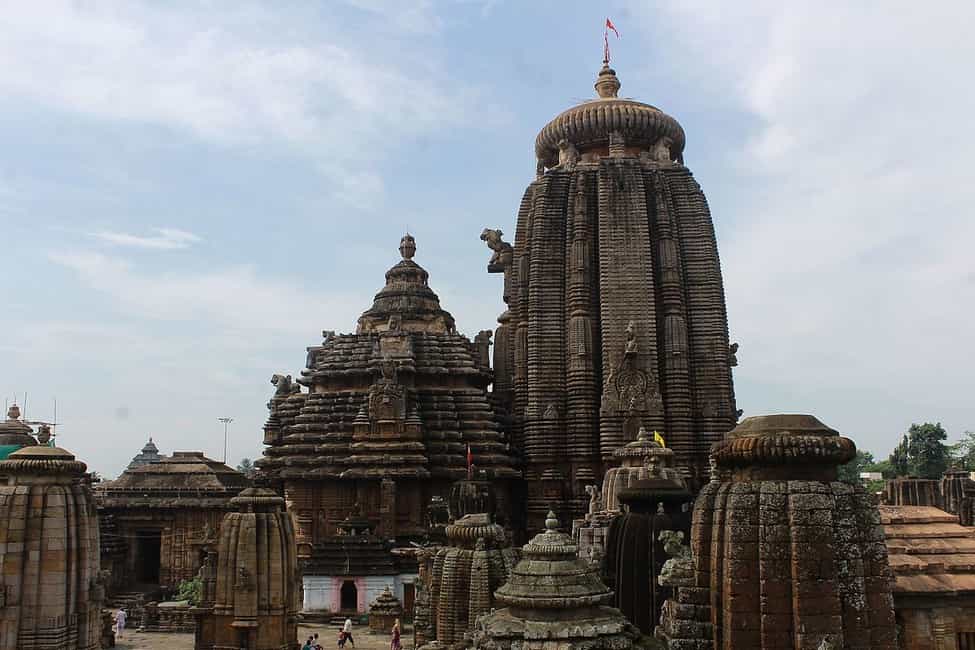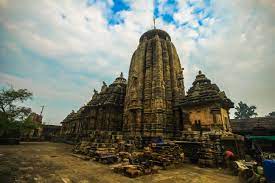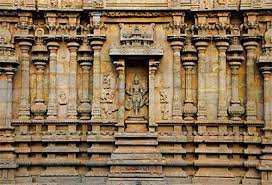Bhubaneswar – the city of temples
Bhubaneswar – The city of temples is anglicisation of the Odia name “Bhubaneśwara”(ଭୁବନେଶ୍ୱର), derived from the word Tribhubaneśwar (ତ୍ରିଭୁବନେଶ୍ୱର), which literally means the Lord (Iśwar) of the Three Worlds (Tribhuban), which refers to Shiva.
Let us check some ancient temple in temple city Bhubaneswar .
- Lingaraja Temple : Lingaraja Temple dedicated to lord Shiva and is one of the oldest temples in Bhubaneswar.It is one of the major tourist attractions of the state.It is located in old town locality of Bhubaneswar . If you want to see the marvelous architecture of ancient temple then do visit here .

2. Rajarani Temple : Build in 11th century this temple can be seen as another ancient architecture wonder. The Orissan temples have two parts namely the sanctum (deul or vimana) and the other is the place from where pilgrims view the sanctum (called jagamohana).The temple is believed to have been known originally as Indreswara. It is locally known as a “love temple” because of the erotic carvings of women and couples in the temple.
3. Ananta Vasudeva Temple: This temple was constructed in the thirteenth century . This temple is dedicated to Lord Krishna . Apart from Krishna, the temple also features the statues of Balarama and Subhadra. In several forms, the temple’s architecture resembles to that of the Lingaraj Temple. The little shikharas (shrines) here are exactly same as present in the Lingaraj Temple.

4. Akhadachandi Temple: The temple is surrounded by Bindusagar tank in the east at a distance of 6.40 metres, Markandeya temple in the west and private residential buildings in the southern side. The temple faces south and the presiding deity faces east.This temple is dedicated to Lord Shiva .
5. Mukteswar Temple : It is a 10th-century Hindu temple dedicated to Lord Siva. The temple dates back to 970, is a monument of singular importance in the study of the development of Hindu temples in Odisha. In this stylistic development the Mukteswara plays a pivotal role; it marks the culmination of all earlier developments, and initiates a period of experiment which continues for an entire century, as seen in such temples as the Rajarani Temple and Lingaraj temple.

